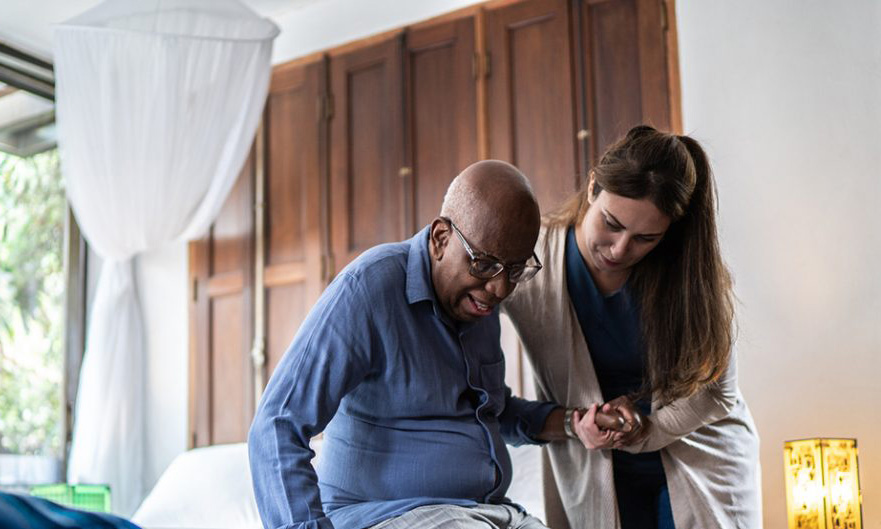Hospital at Home and Palliative Care: How Should They Work Together?
Excerpt from a blog | Larry Beresford | 08-16-2021
Growing interest in the hospital at home concept and other approaches to delivering medical care in seriously ill patients’ homes has raised some important questions for the palliative care field. Starting with: how does palliative care interface or overlap or collaborate with the new home-based medical models?
Hospital at home is now being tested by health systems, the Veterans Administration, managed care organizations and home care providers as an approach for treating acutely ill adults cost-effectively in more familiar and comfortable surroundings. Recent experience with the COVID pandemic, which made a powerful case for not keeping seriously ill patients in the hospital if there is an alternative, has driven a lot of the recent innovation.
The hospital at home concept is defined as an innovative model for health care organizations to deliver acute, hospital-level care in the patient’s home as a full substitute for hospital care for those who have medical conditions that otherwise would require hospitalization.
The model, with daily encounters by doctors or nurses, in person and via telehealth, has been promoted for years by the John A. Hartford Foundation and Johns Hopkins Medicine. More recently, the Centers for Medicare and Medicaid Innovation has also been studying it through the Acute Hospital Care @ Home Program, launched in November 2020 in response to the pandemic.
This program incorporates 60-plus medical conditions and has named 11 participating health care organizations to date. The CMMI model requires screening protocols and an in-person evaluation by a physician before home care can begin. It waives traditional hospital conditions of participation but requires at least two in-person encounters per day, counting paramedics… Read More
